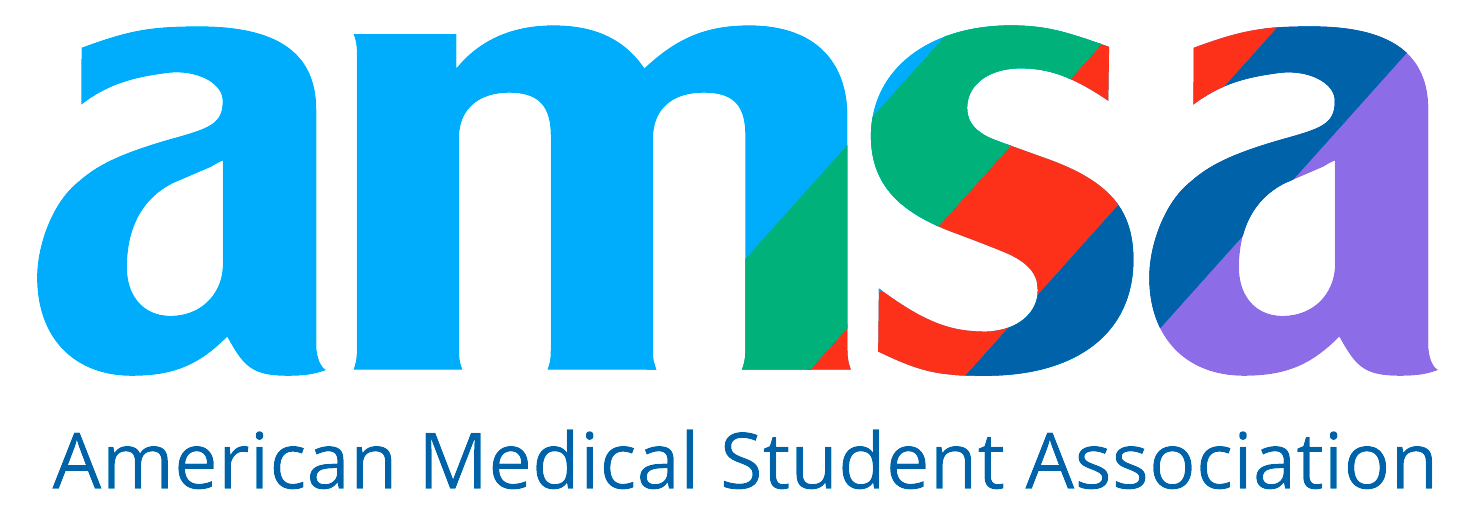Pre-Med 101: Preparing for Applying to Any U.S. Medical School
Go-Elective Abroad
Pre-Med 101: Preparing for Applying to Any U.S. Medical School
Why Planning Ahead Matters More Than Ever
Medical school admissions in the U.S. have never been more competitive. In the 2023–2024 cycle alone, over 155,938 students applied for just a fraction of available seats. That means only the most prepared and intentional applicants gain acceptance.
But here’s the good news: there’s a clear path to getting in—if you start early and prepare strategically. Today, med schools seek well-rounded candidates who demonstrate academic excellence, resilience, and a genuine passion for medicine. They want future physicians who are as diverse and adaptable as the patients they’ll serve.
If your goal is to stand out from the crowd and apply confidently to any U.S. medical school, here’s exactly how to do it.
Step 1: Meet with a Pre-Health Advisor (or Find One)
Your premed journey should begin with a conversation. If your school has a pre-health or premed advisor, schedule an appointment as early as possible. Together, you can map out:
- Which prerequisite courses to take—and whe
- How to build a competitive GPA and timeline for your MCAT
- Recommendations for clinical and research experiences
- Guidance on letters of recommendation and application strategy
If your school doesn’t have a pre-health office, visit the National Association of Advisors for the Health Professions (NAAHP) to find an advisor near you.
Step 2: Attend Health Professions Fairs
It’s unrealistic to visit every medical school you might apply to—but that’s where health professions fairs come in. These events bring admissions representatives from dozens of programs under one roof (or virtual platform). They’re great for:
- Comparing different schools’ values and curriculum models
- Asking questions about admissions requirements
- Learning how schools weigh GPA vs. MCAT scores
Pro tip: Bring a resume, dress professionally, and treat it like an interview opportunity.
Step 3: Build a Strong Support System and Find Mentors
You don’t have to navigate this journey alone. From faculty members to upperclassmen and alumni, mentorship is a game-changer in your med school preparation. Seek out people who can:
- Offer application advice
- Review your personal statement
- Connect you with shadowing opportunities
- Provide letters of recommendation
Also, make use of your school’s career center and online premed communities to discover scholarships, programs, and summer internships.
Step 4: Gain Clinical Exposure Early
One of the biggest mistakes applicants make is waiting too long to gain healthcare experience. Medical schools want to see that you understand what the profession entails—and that you’re committed to patient care.
Here are three excellent ways to do that:
- Volunteer at a local hospital or clinic
- Shadow physicians across different specialties
- Join a structured global health internship, such as a Go Elective medical internship in Kenya or Tanzania, where you’ll shadow physicians in public hospitals and experience healthcare in underserved communities
Clinical experiences like these help you develop cultural competence, resilience, and a deep understanding of health disparities—all of which strengthen your application and inform your career path.
Step 5: Start Preparing for the MCAT Early
The Medical College Admission Test (MCAT) is a major component of your med school application. It tests your knowledge of biology, chemistry, psychology, critical thinking, and more.
Start preparing at least 4–6 months in advance of your target test date. Use these tools:
- AAMC’s free MCAT prep resources
- MCAT prep books from Princeton Review, Kaplan, or ExamKrackers
- Online question banks and full-length practice exams
- Flashcards and spaced-repetition apps (like Anki)
Work with your advisor to set a realistic MCAT timeline, and only take the exam when you’re consistently scoring well on practice tests.
Step 6: Understand the AMCAS Application
Once your MCAT is complete and you’ve compiled your experiences, you’ll apply through the American Medical College Application Service (AMCAS)—a centralized application used by most U.S. allopathic (MD) schools.
Here’s what AMCAS requires:
- A personal statement that tells your story and motivation for medicine
- A complete list of extracurriculars, including clinical, research, leadership, and service experiences
- Letters of recommendation, including one from a science faculty member
- Official transcripts and coursework
- MCAT scores
Tip: Start writing your personal statement early—and get feedback from multiple mentors.
Bonus Step: Explore Enrichment Programs and Gap Year Options
If you're still early in your journey or need more time to strengthen your application, consider enrichment programs like:
- Summer Health Professions Education Program (SHPEP)
- NIH summer internships
- Go Elective pre med internships abroad
- Post-baccalaureate programs to boost your GPA or complete prerequisites
Taking a structured gap year is not a setback—it’s a chance to grow, gain clarity, and come back with a stronger application.
Final Thoughts: Preparation Is the Real Competitive Edge
The road to medical school is challenging, but every step you take now will make you a better future doctor. When you take initiative, stay organized, and stay connected to meaningful experiences, you’ll build an application that reflects who you are—and what you’re capable of.
Whether you’re still in your first year of college or ready to hit submit on AMCAS, don’t forget to explore opportunities like Go Elective’s clinical internships. Our programs in Kenya and Tanzania offer immersive, mentored shadowing that will set your application apart—and change your life in the process.
Article Details
Categories
Author: Go-Elective Abroad
Date Published: May 11, 2025
Travel with us.
Inquire Today!
Go Elective offers immersive opportunities for medical students, pre-med undergraduates, residents, nursing practitioners, and PAs to gain guided invaluable experience in busy hospitals abroad. Discover the power of study, travel, and impact.






